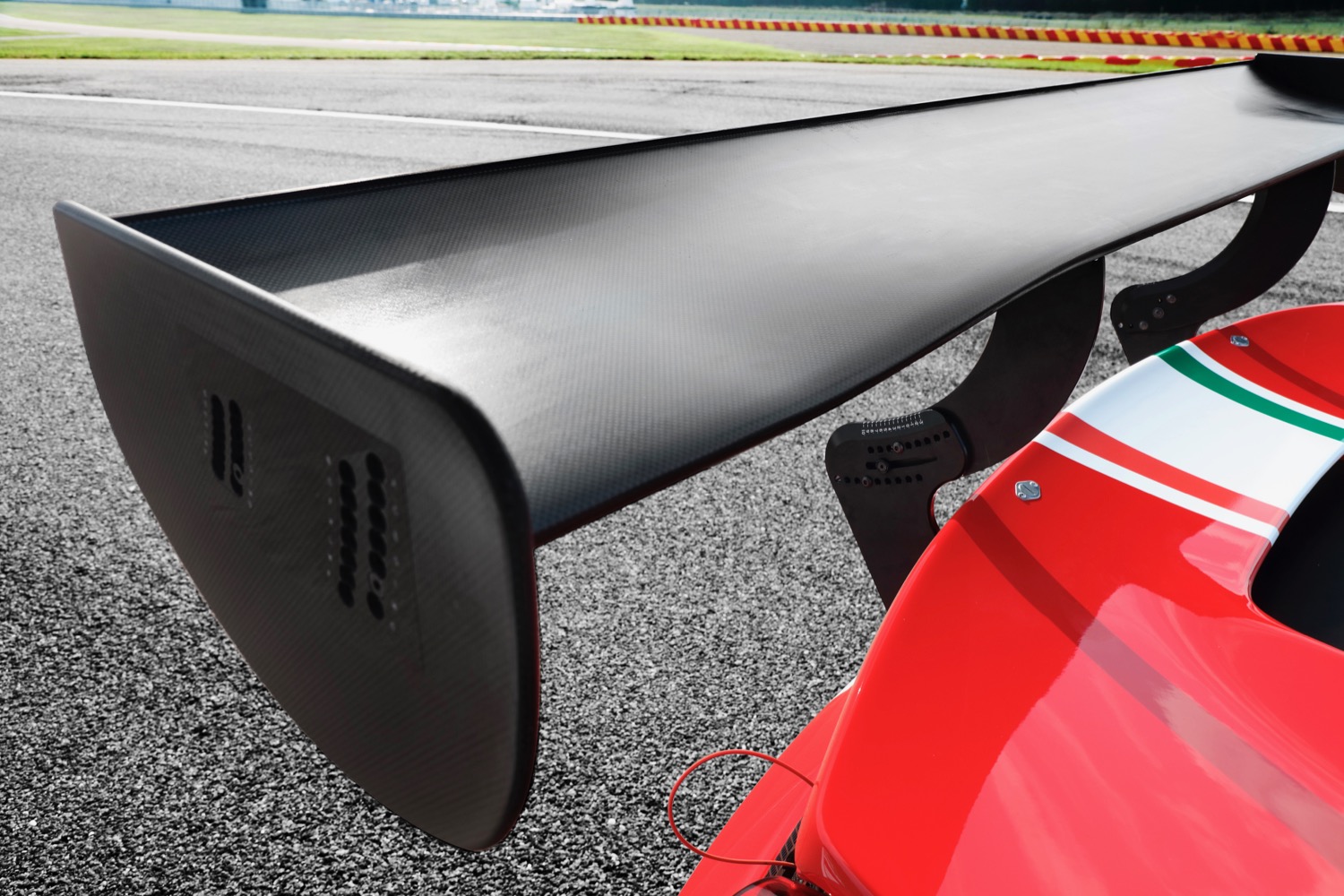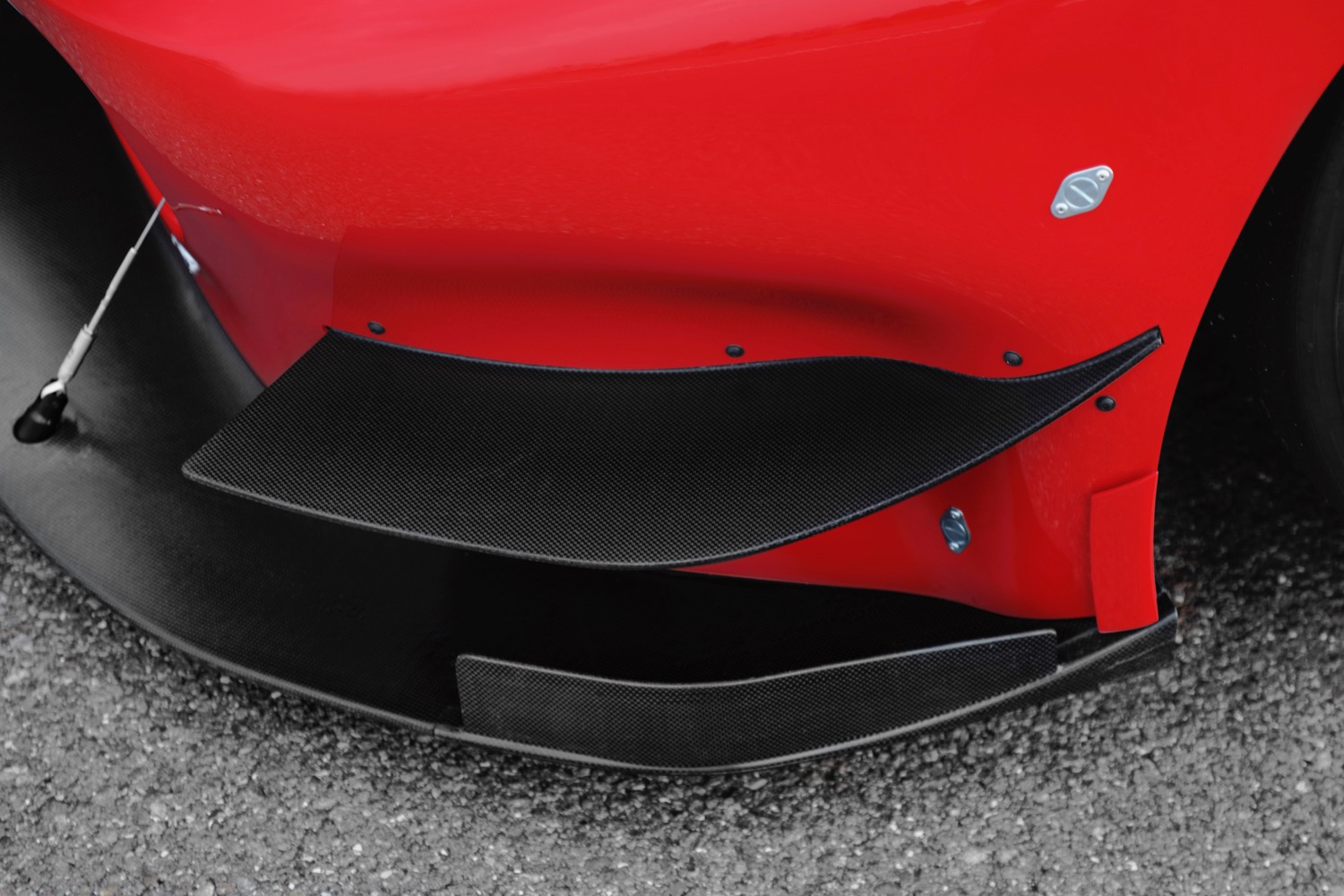Ferrari built its reputation racing, and 70 years after the company’s founding, success on the track is still an important part of the Ferrari mystique. To keep that success coming, Ferrari is launching an upgraded race car called the 488 GT3 Evo, based on the 488 GTB road car. Even though the 488 has been replaced in showrooms by the F8 Tributo, it remains Ferrari’s weapon of choice in international sports car racing.
As the name suggests, the 488 GT3 Evo is an evolution of the 488 GT3, which first hit the track in 2016. Ferrari sent the car back to the drawing board to improve aerodynamics. Over 18,000 hours of calculations and simulations went into the revised front end alone, along with extensive wind tunnel testing, according to Ferrari. Subtle tweaks — such as the addition of a pair of flicks and tuning vanes for the front splitter — help improve downforce and stability, Ferrari claims.
Ferrari also lengthened the car’s wheelbase, which the automaker claims will help reduce tire wear. The 488 GT3 Evo was also put on a diet, but some of that weight will likely have to be added back in the form of ballast to meet the Balance of Performance (BoP) rules of different race series. BoP is intended to allow dissimilar cars to race on equal terms, although teams often grumble about the handicaps they are dealt by the rules. Adding ballast is still better than just having a heavy car, as it allows teams to control how the weight is distributed.
The 488 GT3 Evo is designed to run long endurance races, so a comfortable driver’s seat is also part of the equation. The Evo gets a redesigned seat Ferrari claims is both more robust and lighter than before. Ferrari also made changes to the car’s electronic aids, including the traction control and anti-lock brakes.
No changes were made to the engine, a 4.0-liter, twin-turbocharged V8 based on the engine used in the 488 road car. Output depends on the rules of each individual race series, and may be tweaked at different points in the season based on BoP. When it hits the track in 2020, the 488 will compete against racing versions of the Lamborghini Huracán, Audi R8, and Acura NSX, among others.
The 488 GT3 Evo is actually the middle of three tiers of Ferrari race car. The GT3 can be upgraded to GTE spec, allowing it to compete in the highest-level racing classes for production-based cars. In GTE form, the 488 will race against the new Chevrolet Corvette C8.R in the 2020 season. Ferrari also makes a 488 Challenge Evo model, designed for the Ferrari Challenge series. This pits (very wealthy) amateur drivers and a smattering of professionals against each other in identical cars.












